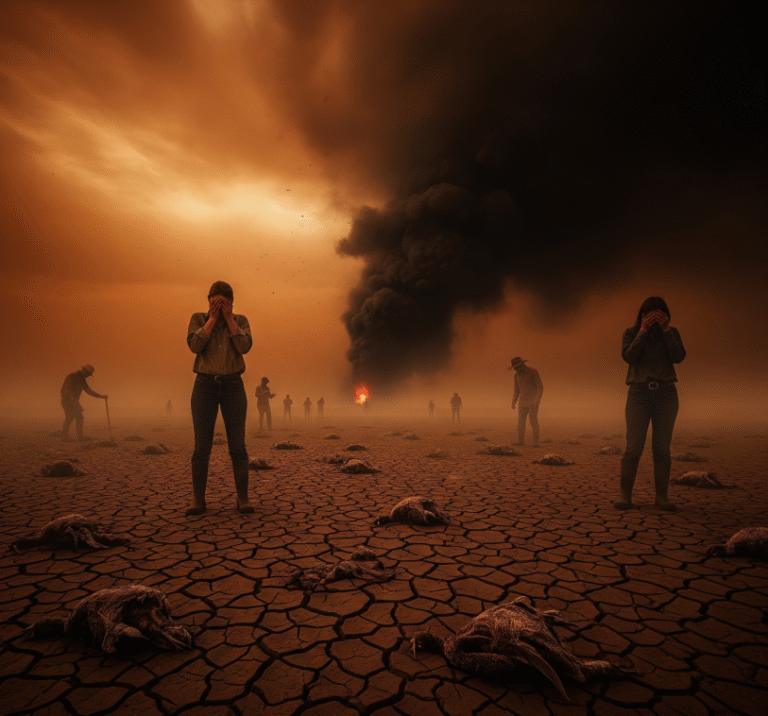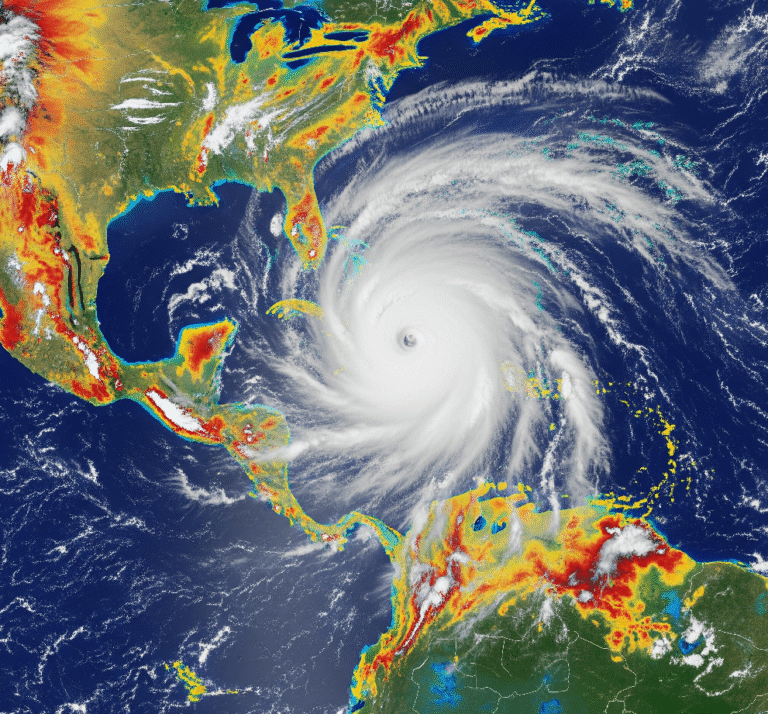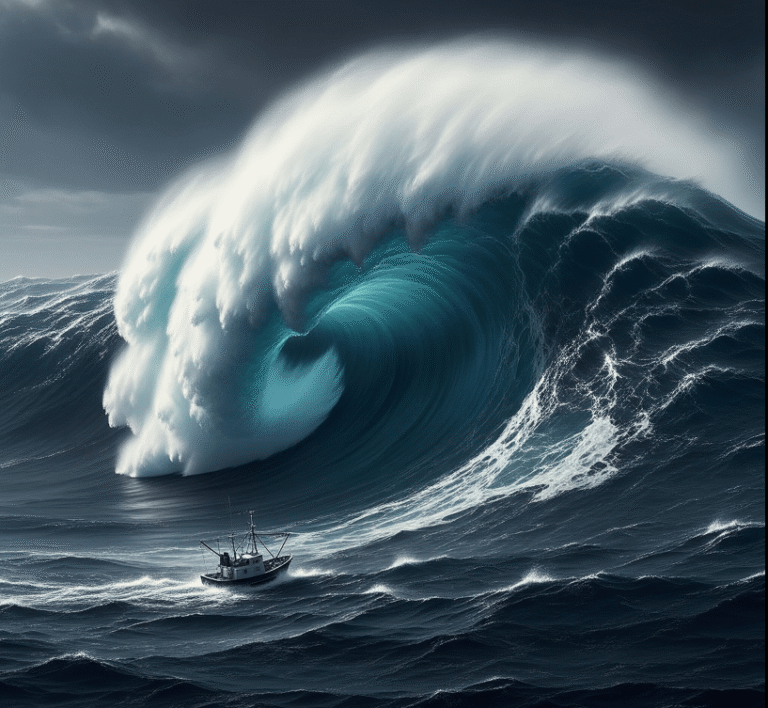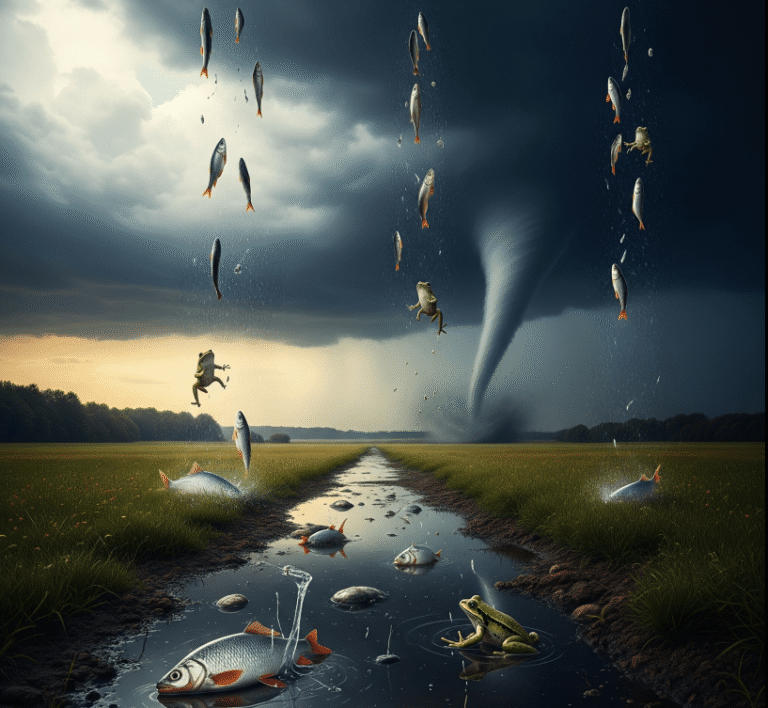
Newsletter Subscribe
Enter your email address below and subscribe to our newsletter

Enter your email address below and subscribe to our newsletter

In December 1952, London was suffocated by a toxic haze so thick that it blotted out the sun, paralyzed the city, and killed thousands in a matter of days. The Great Smog was not an ordinary weather event but a man-made disaster,…

In late 1944 and early 1945, eastern Australia was engulfed by a terrifying and unexplained phenomenon—the Black Mist. This thick, noxious fog swept across regions of New South Wales and Queensland, killing thousands of birds, sickening livestock, and leaving humans…

In July 2001, residents of Kerala, India, witnessed a surreal meteorological event—rain the color of blood. For nearly two months, scarlet droplets fell sporadically across the region, staining clothes, turning rivers red, and sparking widespread panic. Was it a sign…

Hurricanes are often seen as forces of destruction, but they also play a vital role in Earth’s climate system. By acting as natural heat engines, hurricanes help redistribute warmth from the tropics toward the poles, balancing global temperatures. This article…

The ocean is capable of producing waves of unimaginable size—some reaching heights rivaling skyscrapers. These monster waves, whether generated by hurricanes or appearing as rogue waves, are among the most terrifying and destructive forces of nature. With recorded heights exceeding 100 feet in…

Imagine walking outside after a heavy storm and finding the ground littered with fish, frogs, or even small crabs. This surreal phenomenon, known as animal rain, has been documented for centuries, leaving witnesses both amazed and bewildered. But how does it…

When severe weather threatens coastal regions, terms like “tropical storm” and “hurricane” are often used interchangeably. However, these systems have distinct differences in intensity, wind speeds, and potential damage. Understanding these differences can help people better prepare for these dangerous…